Ribollita is one of my favourite soups; it reminds me of a lunch I enjoyed in Firenze with two of my dear friends. We had just climbed above the city to San Miniato al Monte, heard Gregorian chanting monks and explored the gothic graveyard while a black cat followed us. We descended back down into the Oltrarno, soaked and hungry, and saw Osteria Antica Mescita – a picturesque osteria that happened to have the slow food symbol on its door. I ordered ribollita, my friends ordered zuppa di ceci con farro e porcini– the meal lasted hours, living up to its “slow” distinction – thankfully the deliciousness made up for the service.
My most cherished food memories of working and travelling in Italy are the most humble meals – a calzone that made me cry (true story!), tortelli in brodo, risotto con zucca…these everyday foods left a real impression and I struggle to recreate them from memory. Creating some of these dishes in a paleo-style are harder than others but this ribollita comes pretty close considering it’s lack of the signature stale bread and beans. This soup is not a quick prep but a labour of love that should probably be doubled and frozen for those days when you just need a warm bowl of memories soup.


 ribbolita
ribbolita
6 tablespoons extra-virgin olive oil, plus additional for drizzling
1/2 cup pancetta, cubed
1 large onion, chopped
5 cloves garlic, chopped
3 leeks, sliced thin
5 leaves sage, fresh
5 sprigs thyme, fresh
1 bay leaves, fresh
2 large celery stalks, diced
1 medium carrot, chopped
1 sweet potato, peeled, cut into 1/2-inch cubes
1 small butternut squash, peeled, cut into ½-inch cubes
1 small fennel bulb, trimmed, quartered through core, sliced crosswise
1 small bunch black lacinato kale or green Swiss chard, cut into ribbons (about 6 cups)
4 cups thinly sliced Savoy cabbage
1 2-inch square Parmesan cheese rind (optional, but recommended)
1 large ham hock, smoked, whole or 2 small hocks
Pinch of dried crushed red pepper
10 cups chicken stock, preferably homemade
1 lemon, juiced and 1/2 of lemon rind, grated
parsley, fresh, for garnish
sea salt + fresh ground pepper for seasoning
Heat 3 tablespoons olive oil in cast-iron pot over medium heat. Add cubed pancetta and sauté for a few minutes. Add onion, fennel and leek; sprinkle with sea salt. Cook until onion is translucent, stirring often, about 5 minutes. Add garlic, sage, thyme, bay, Parmesan rind, pinch of crushed hot pepper and grated lemon zest – stir 2 minutes. Add celery, carrot, sweet potato, and squash; cook until vegetables are tender and begin to caramelize in spots, stirring often, 15 to 18 minutes.
Add the whole ham hock. Cover with chicken stock, and add 1 tablespoon sea salt. Bring to boil; reduce heat to medium-low, cover, and simmer until vegetables are very tender, about 1 1/2 hours.
Remove ham hock – let cool and remove meat from bone. Add back into soup. Add kale/chard and cabbage to soup and simmer until tender. Season with sea salt and pepper, and squeeze juice of lemon into soup. Divide ribollita among bowls, drizzle with extra virgin olive oil and parsley.







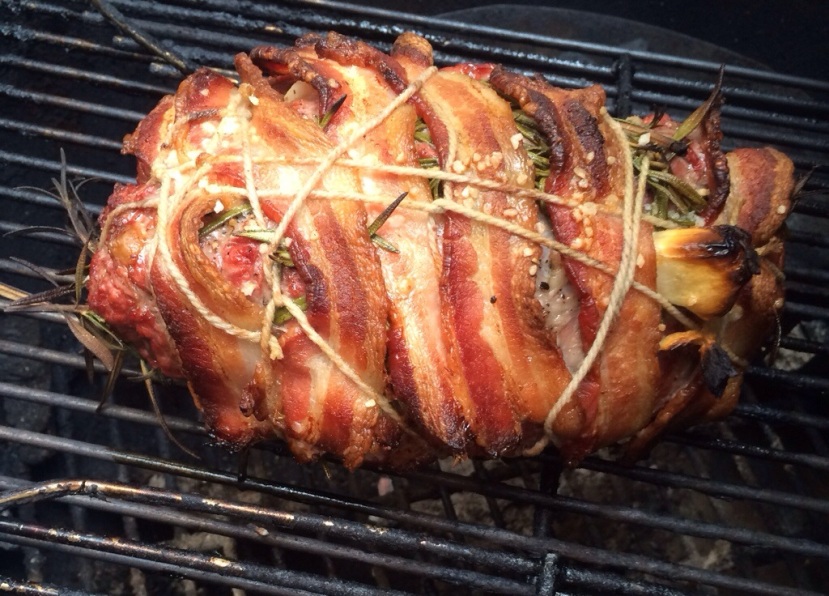
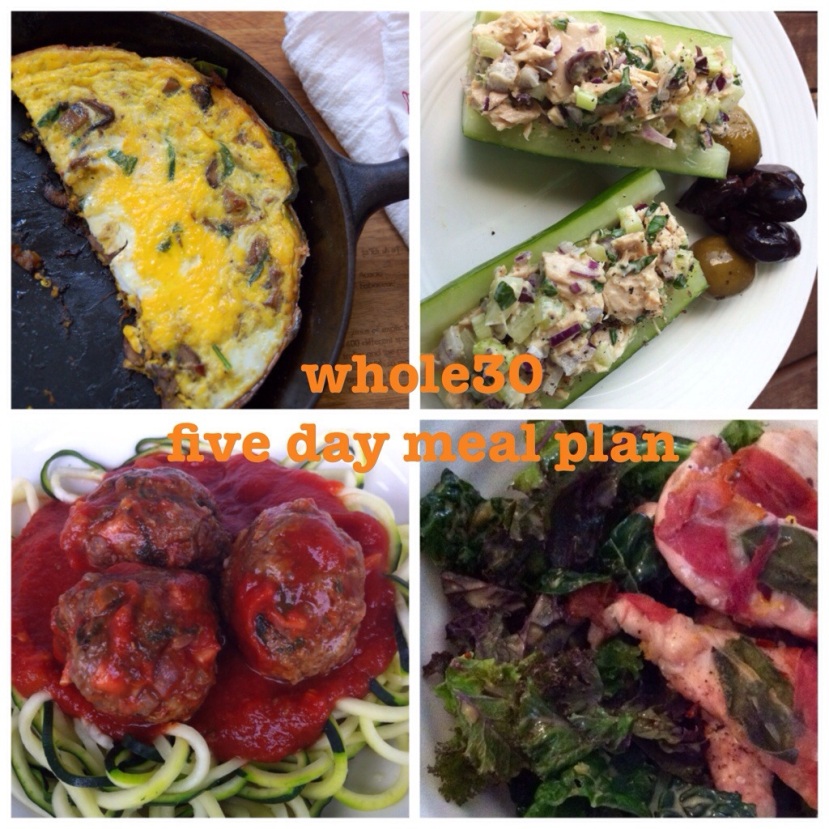
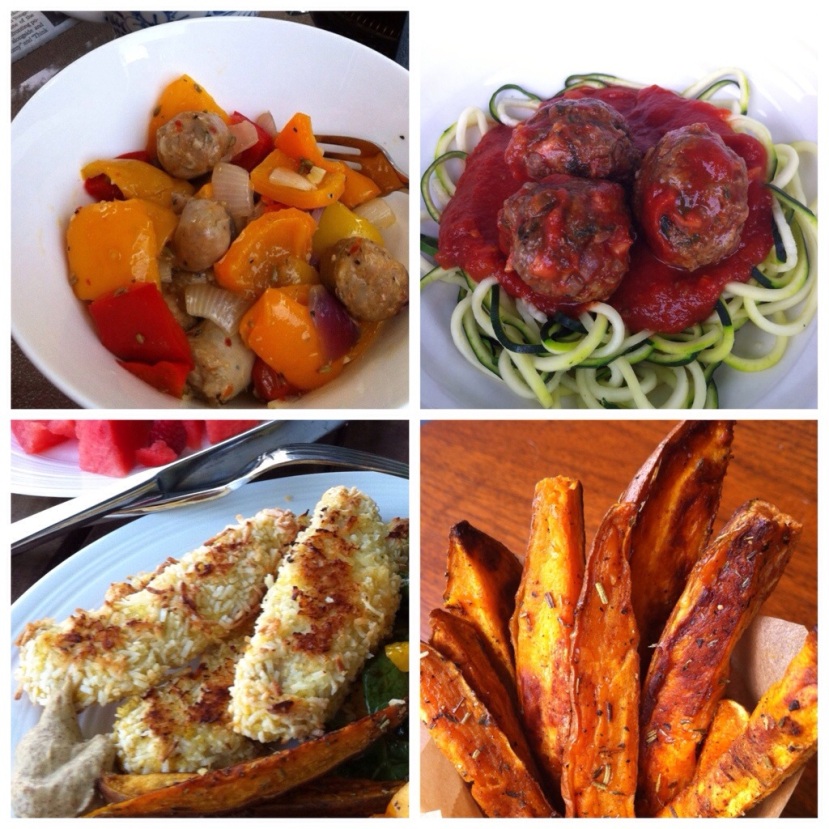







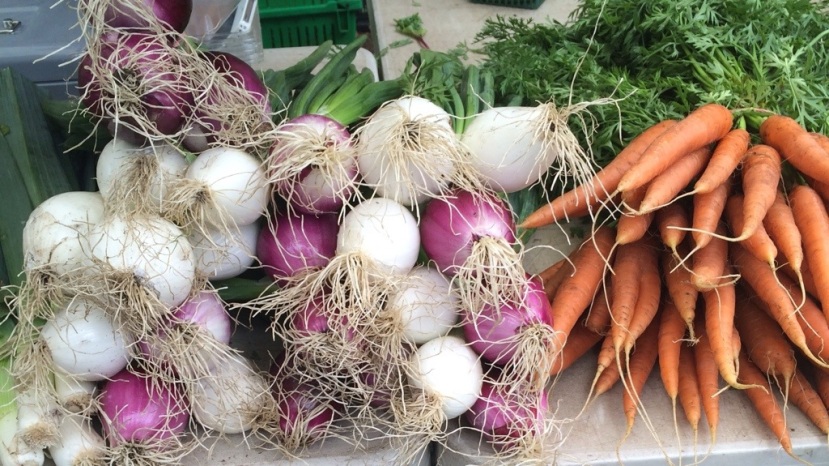
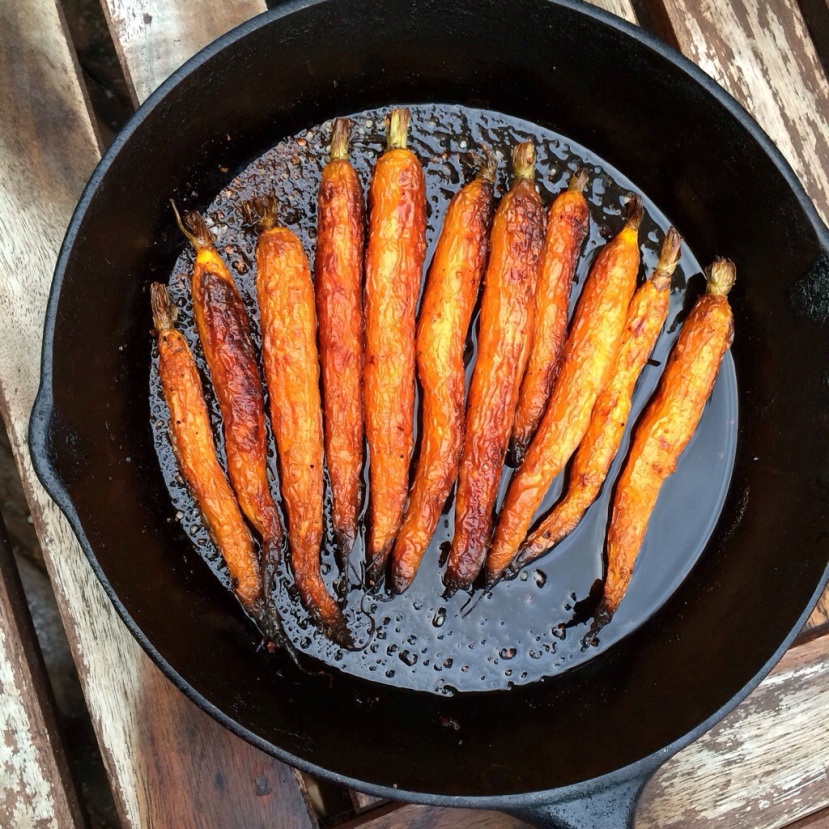
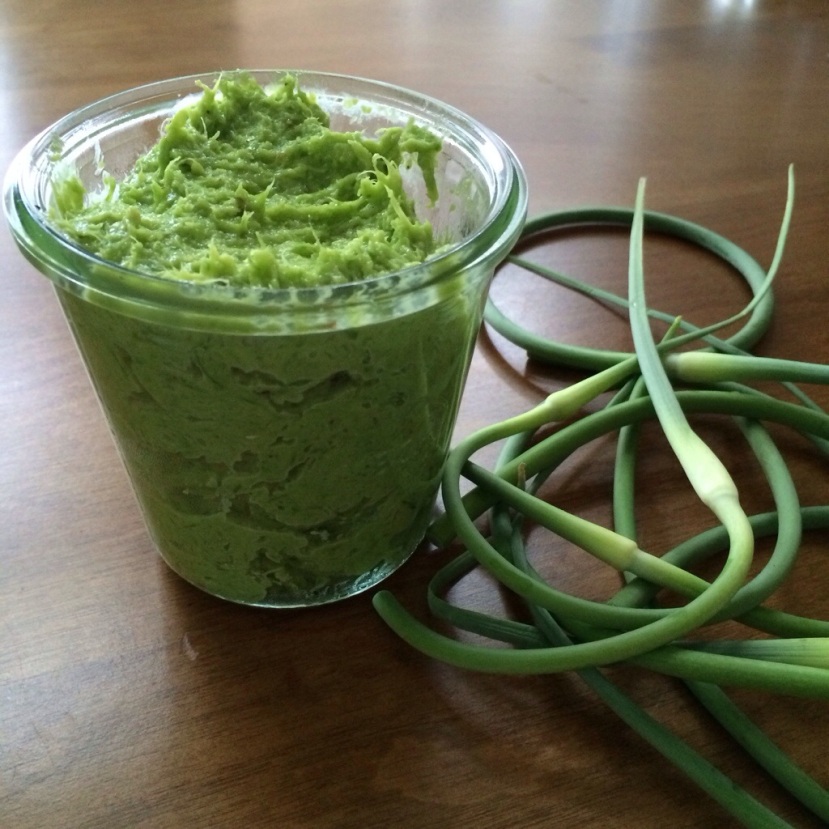
You must be logged in to post a comment.